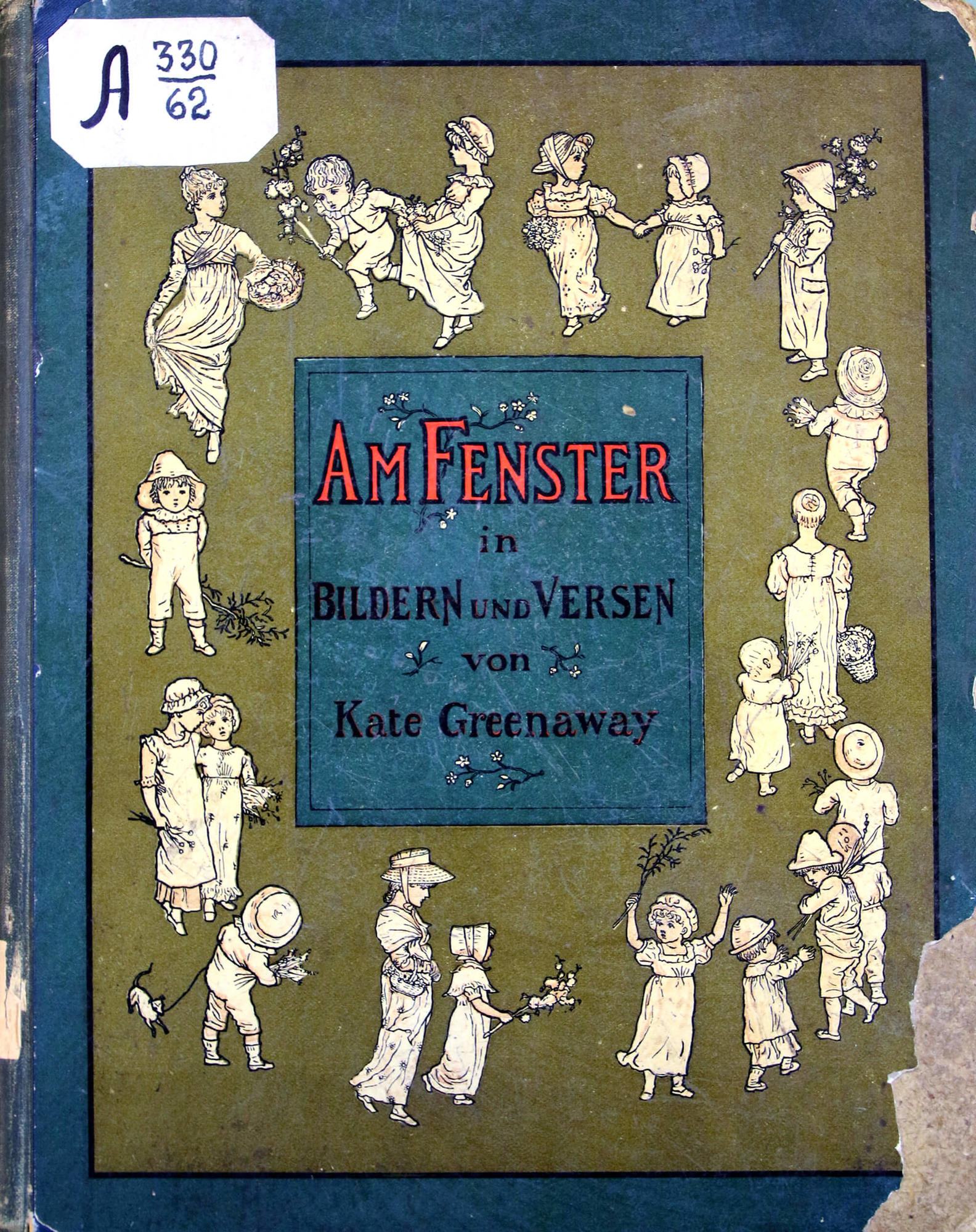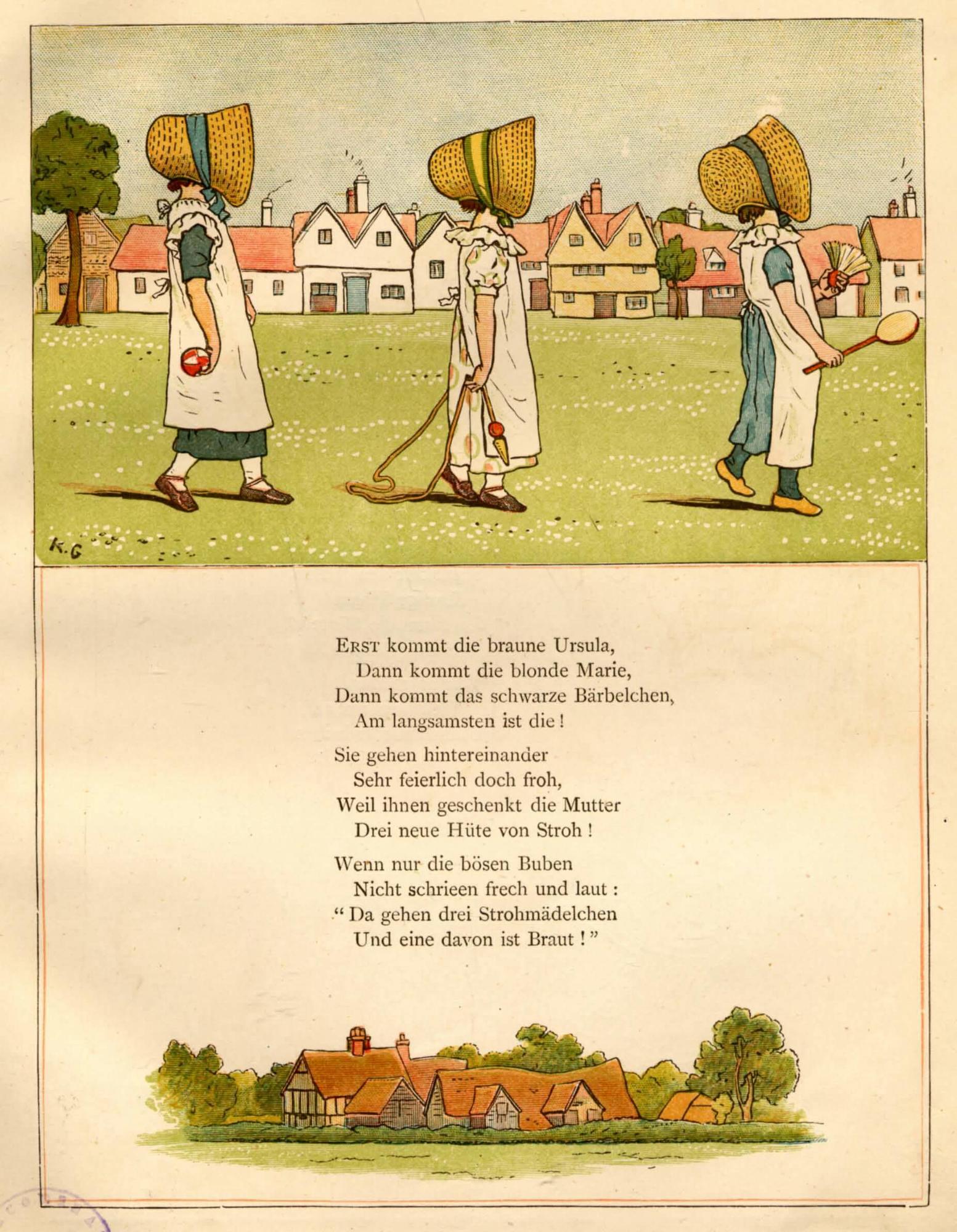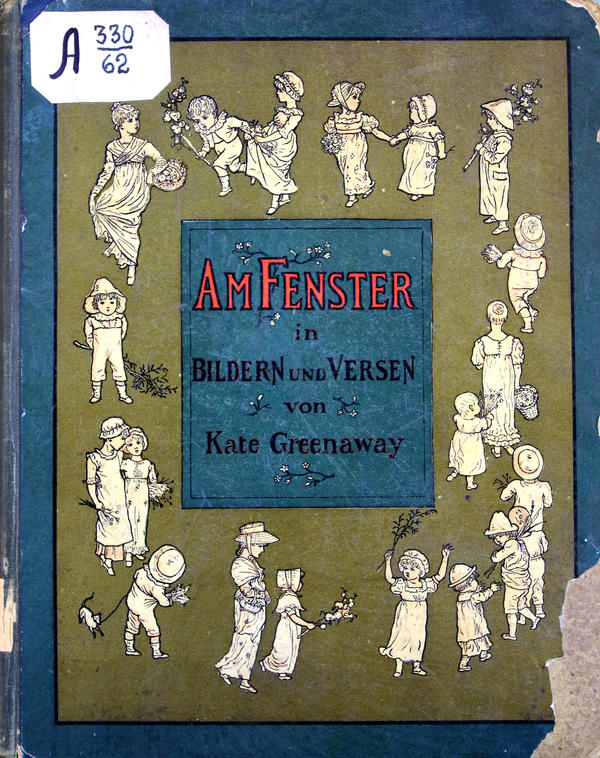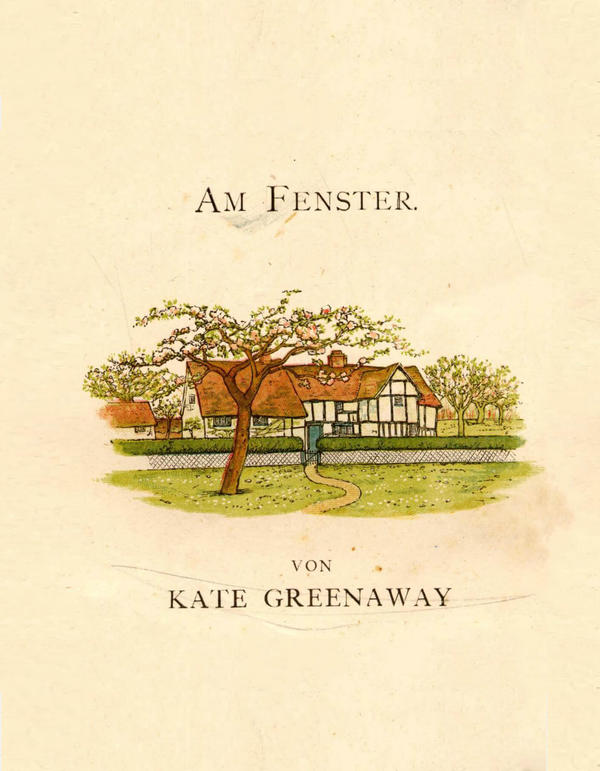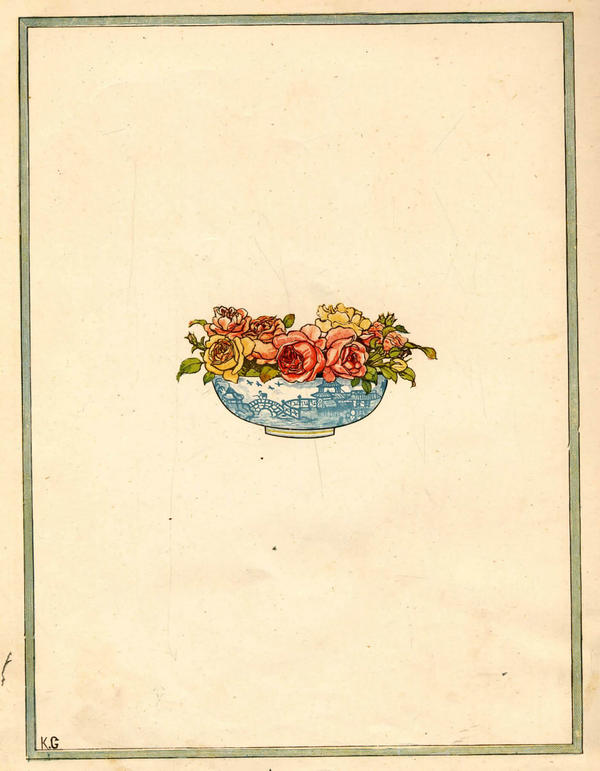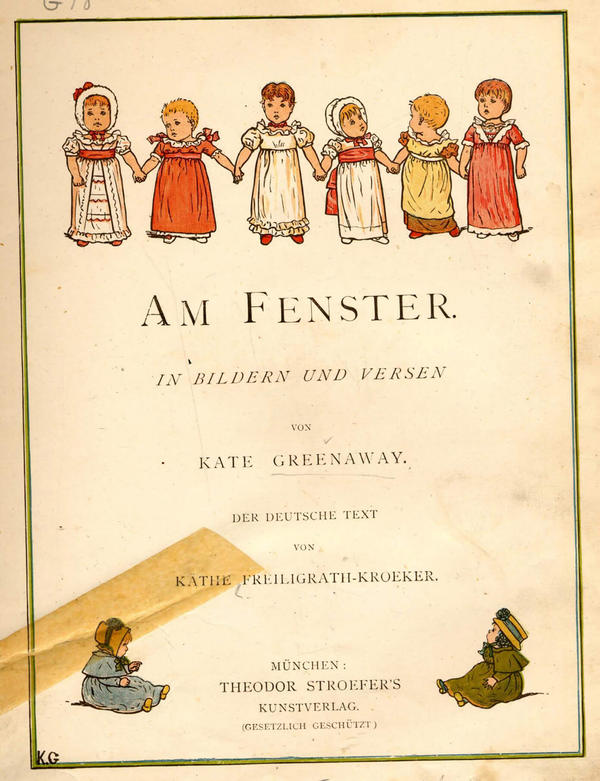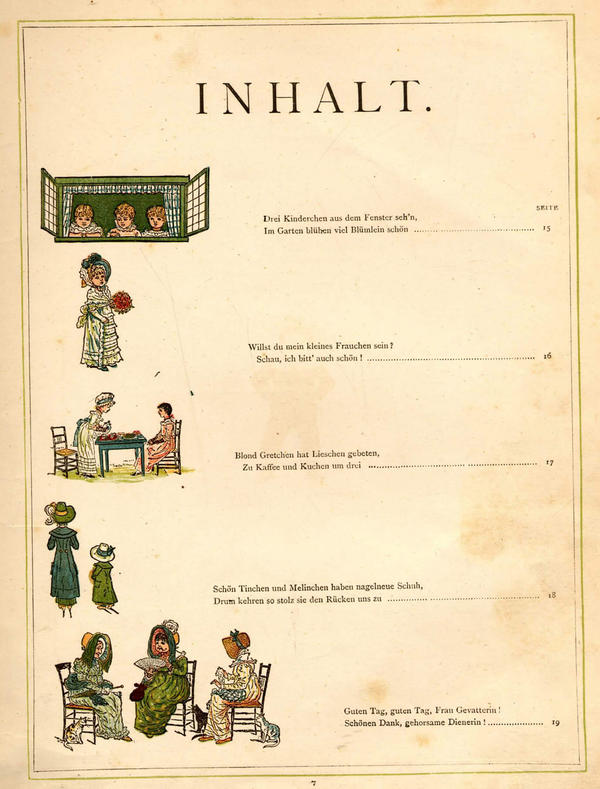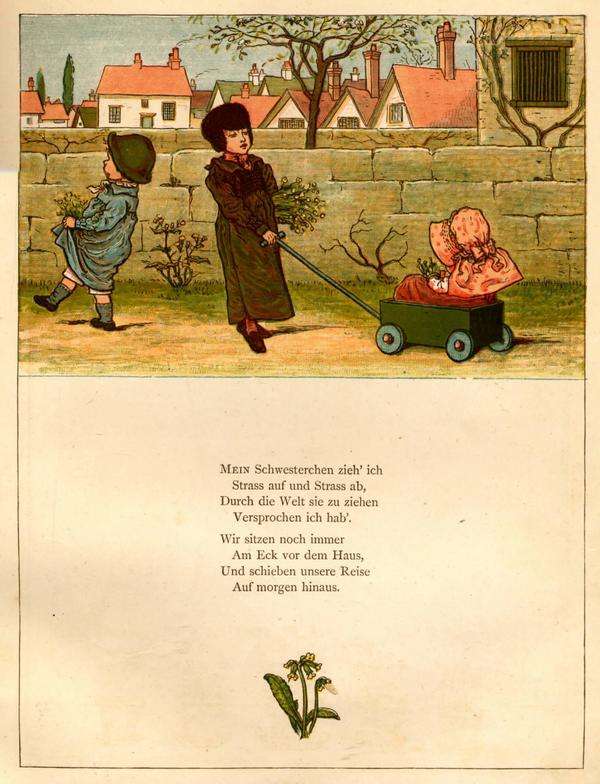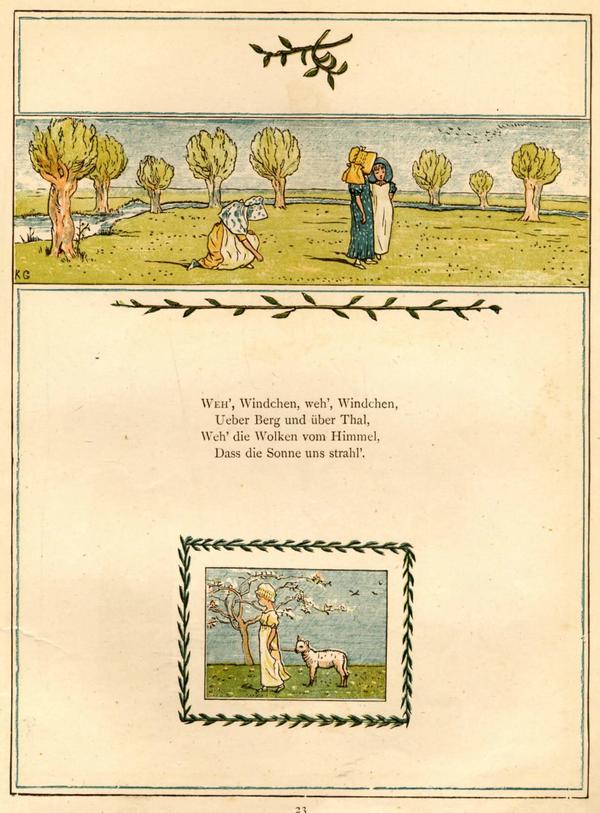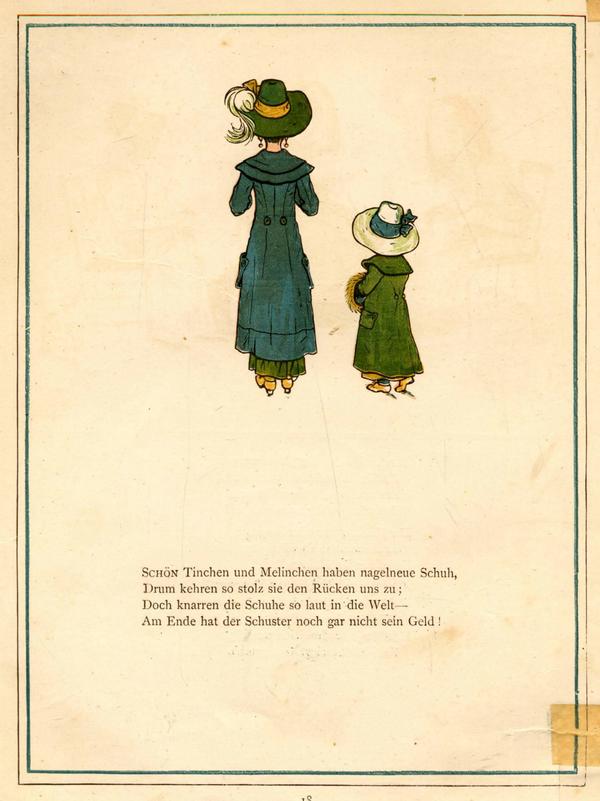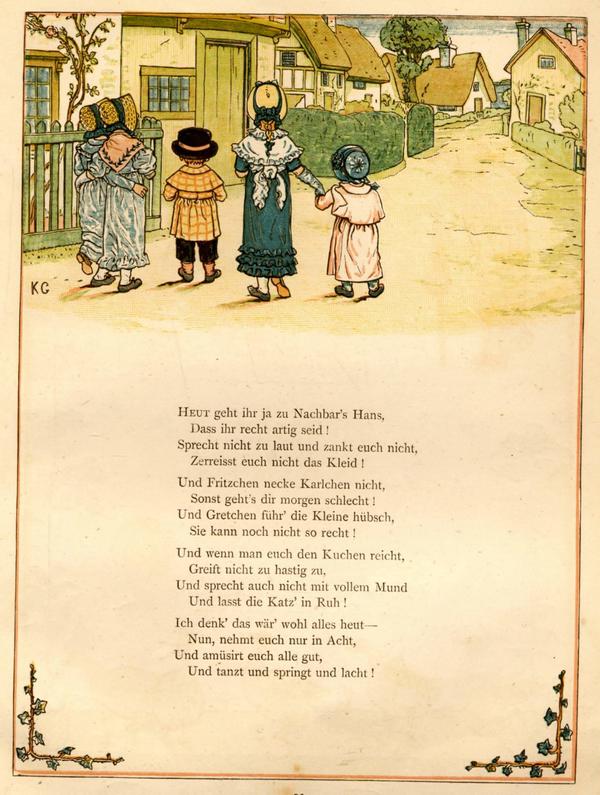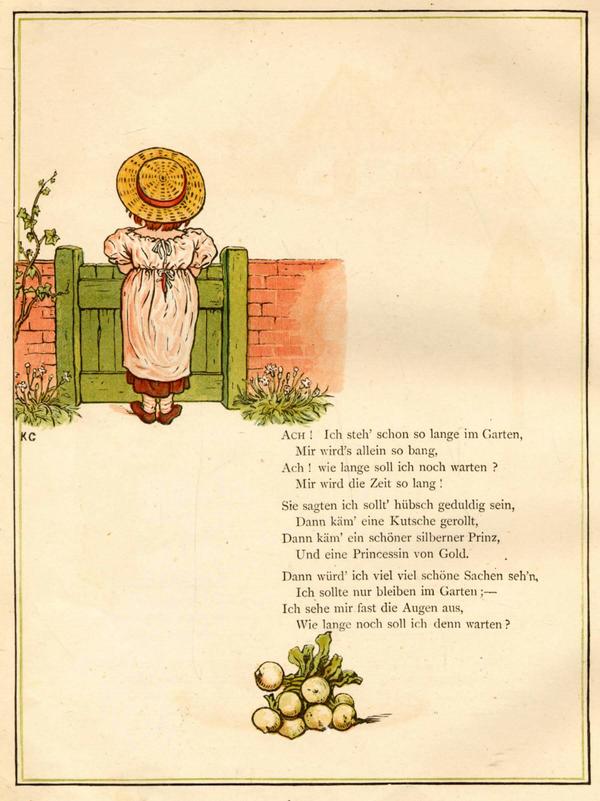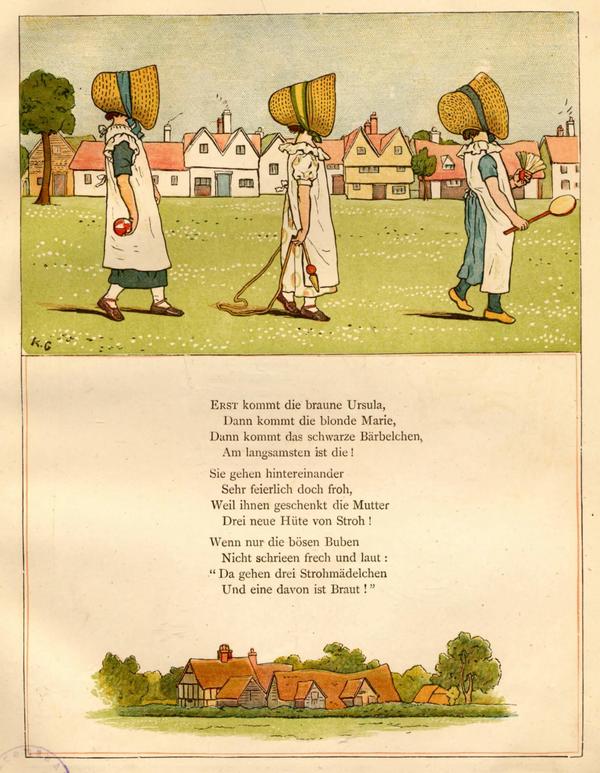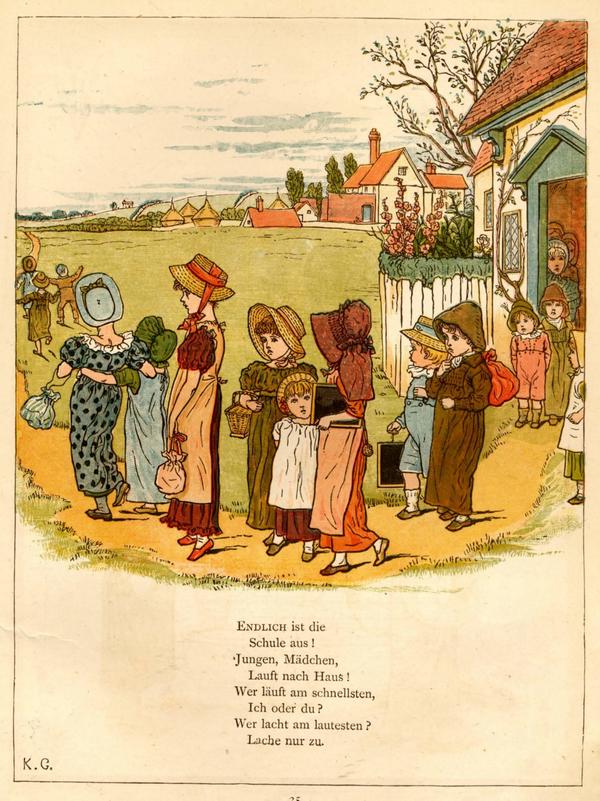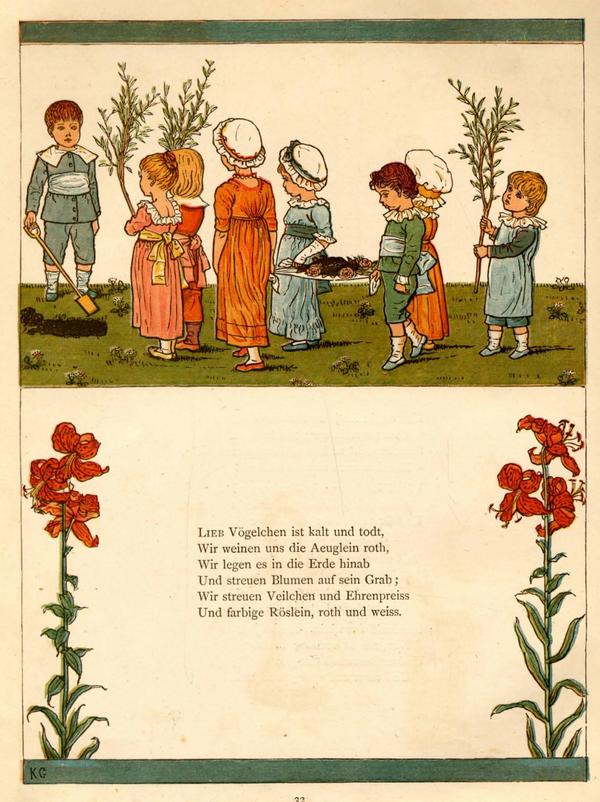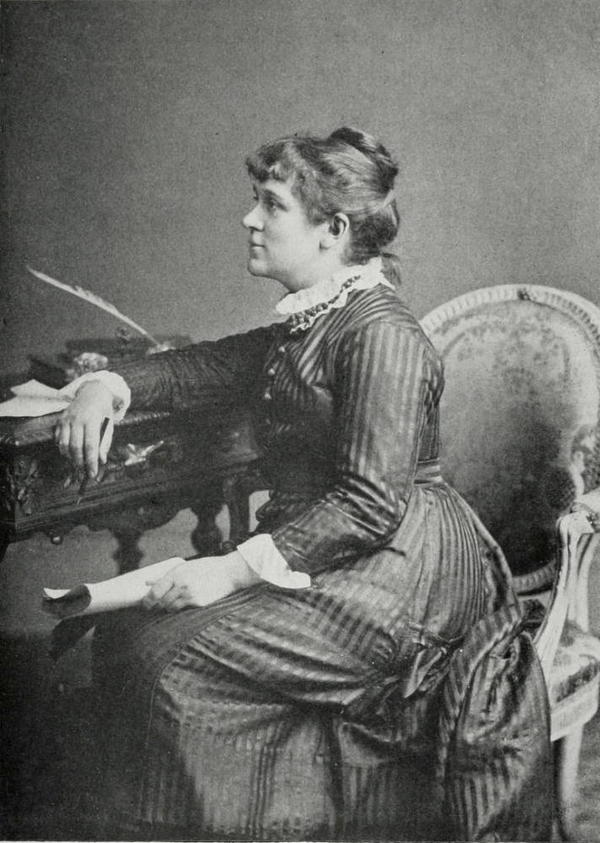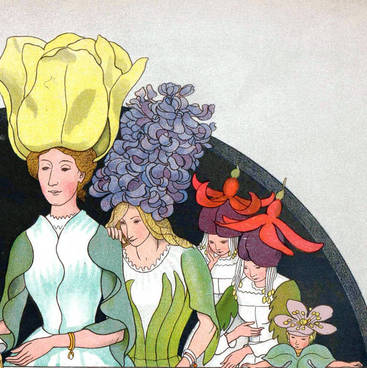At the end of the 19th century, picture books by English artist Kate Greenaway were incredibly popular. Some illustrators began to imitate and, at times, directly copy her style. Greenaway’s first book of nursery rhymes Under the Window, in which she authored both texts and illustrations, was published in 100,000 copies and immediately translated into German and French.
The artist attracted young readers not only with simple cute poems and beautiful illustrations, but also by the fact that she had come up with new characters and dressed them in costumes, which very soon began to be used by designers to develop new models of children’s clothing.
The artist attracted young readers not only with simple cute poems and beautiful illustrations, but also by the fact that she had come up with new characters and dressed them in costumes, which very soon began to be used by designers to develop new models of children’s clothing.
The 1870s were a turning point in the history of English children’s illustrated books. The Victorian England gave the world three outstanding illustrators: Randolph Caldecott, Walter Crane and Kate Greenaway. Their works really competed in the market, although Greenaway and Caldecott were good friends. Edmund Evans, engraver and printer, who managed to perfectly reproduce Greenway’s magnificent colored watercolors, played a huge role in Kate’s promotion as an author.
The quality of color printing in Greenaway’s books fascinated not only children but also adults. It was a relatively new technological achievement that had changed the usual appearance of children’s books with texts interspersed with sheet illustrations: black and white or colored engravings. Here colors were everywhere: even in the thin frames around the pages, as well as in the margins, and among the text, and on the contents page.
